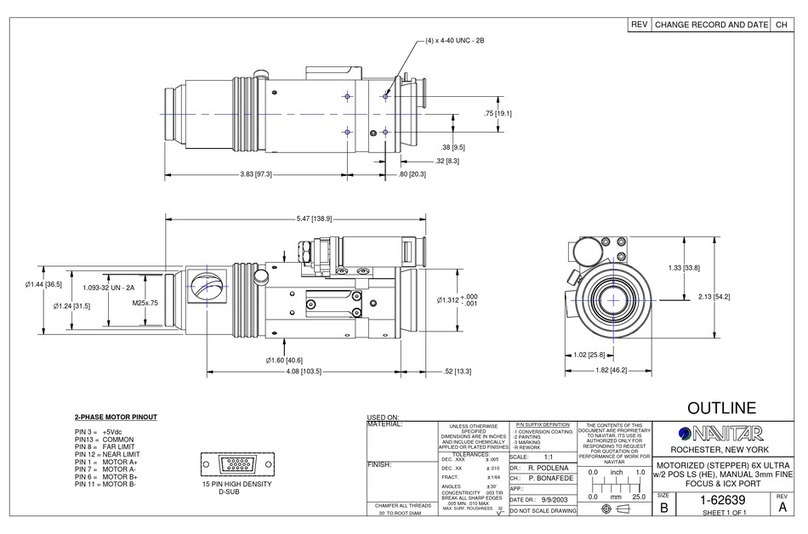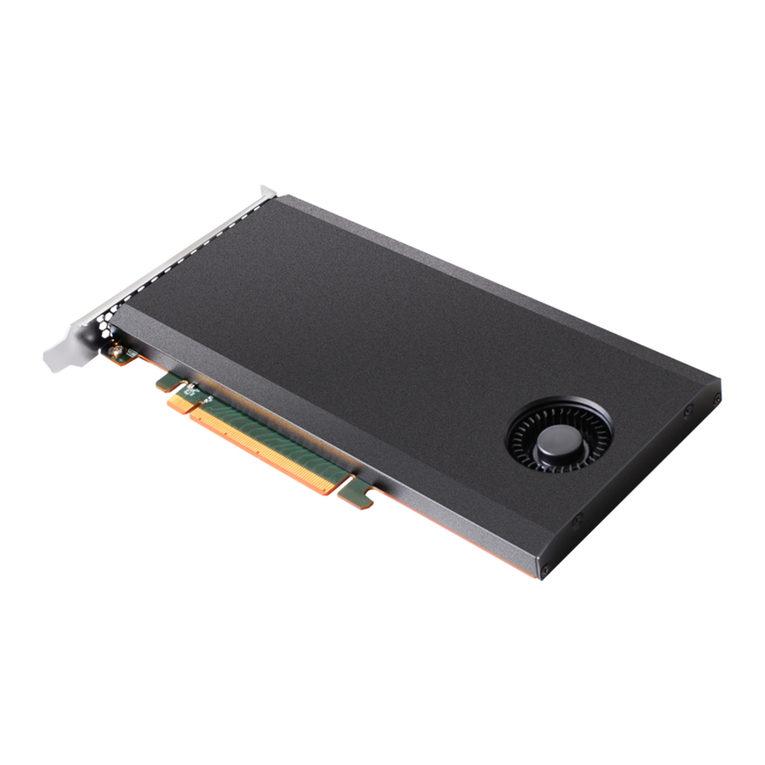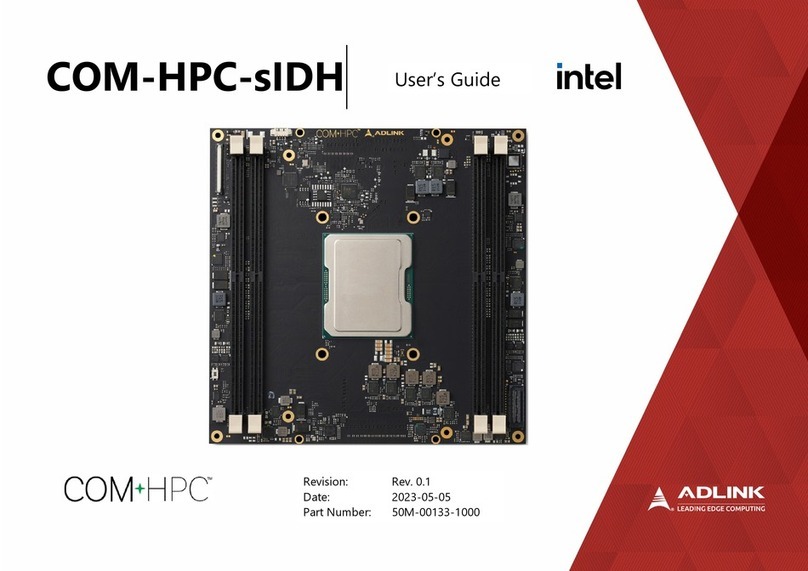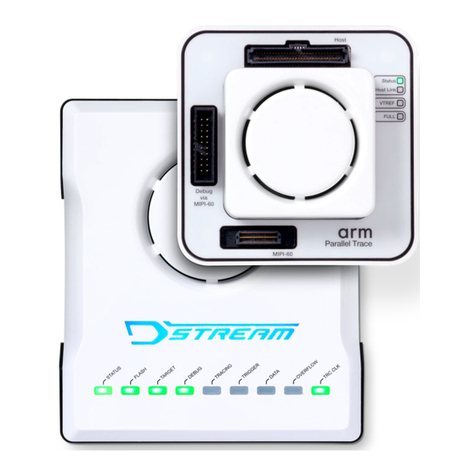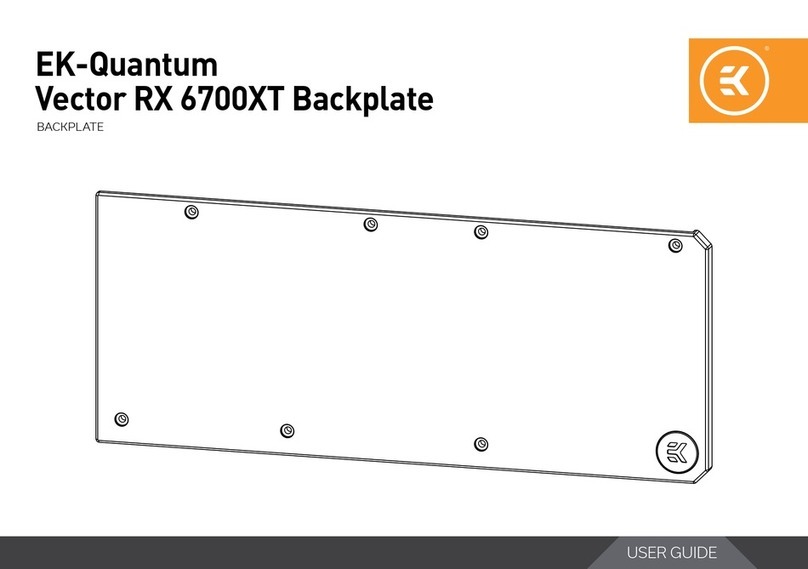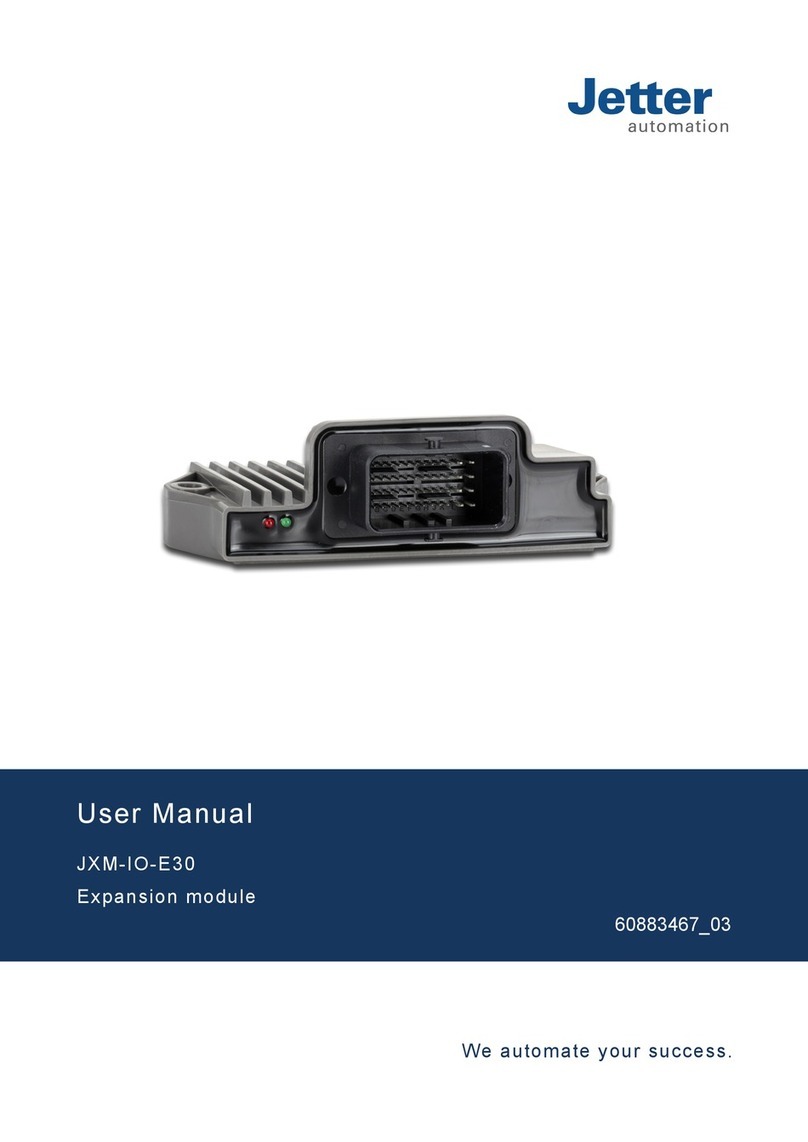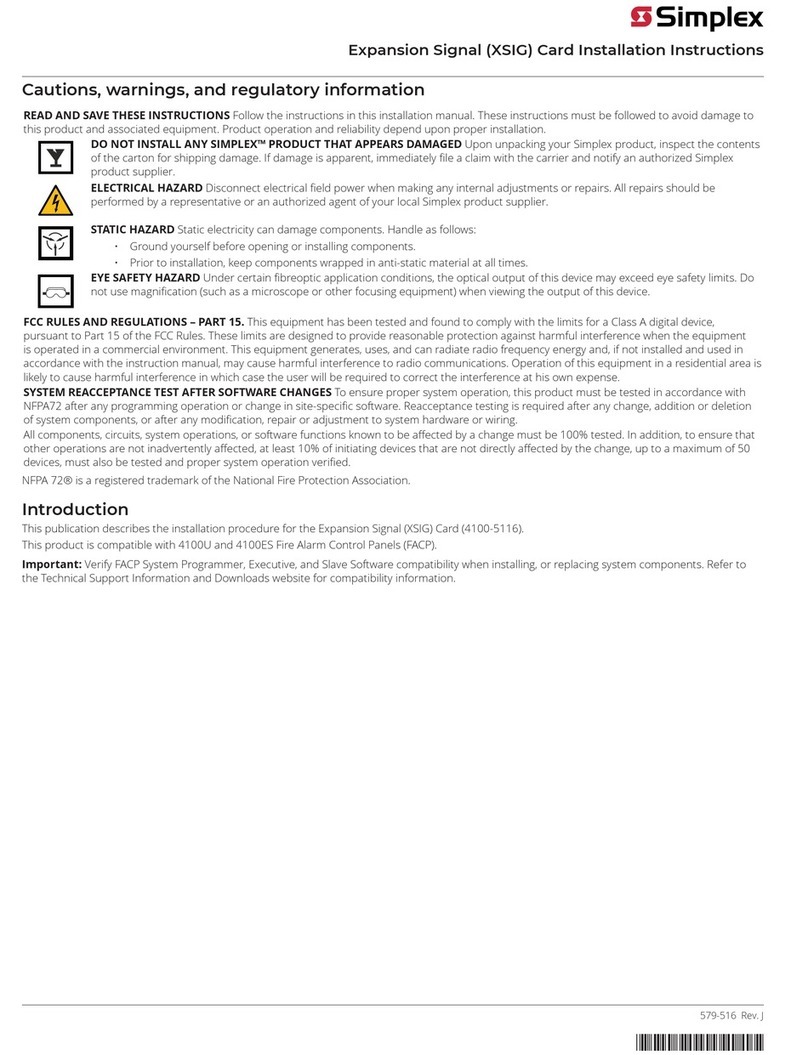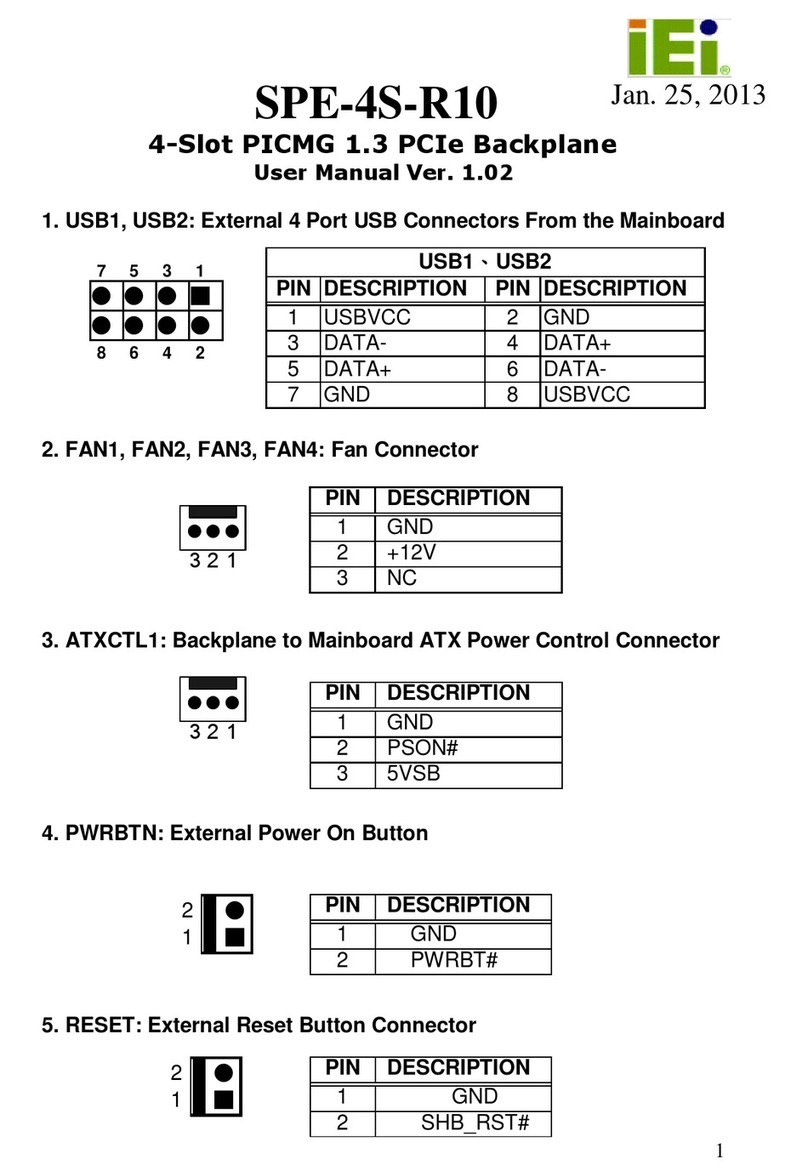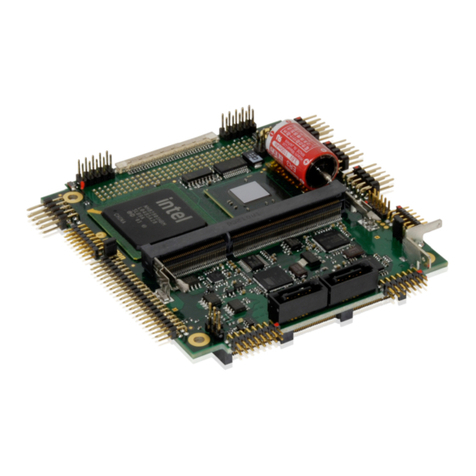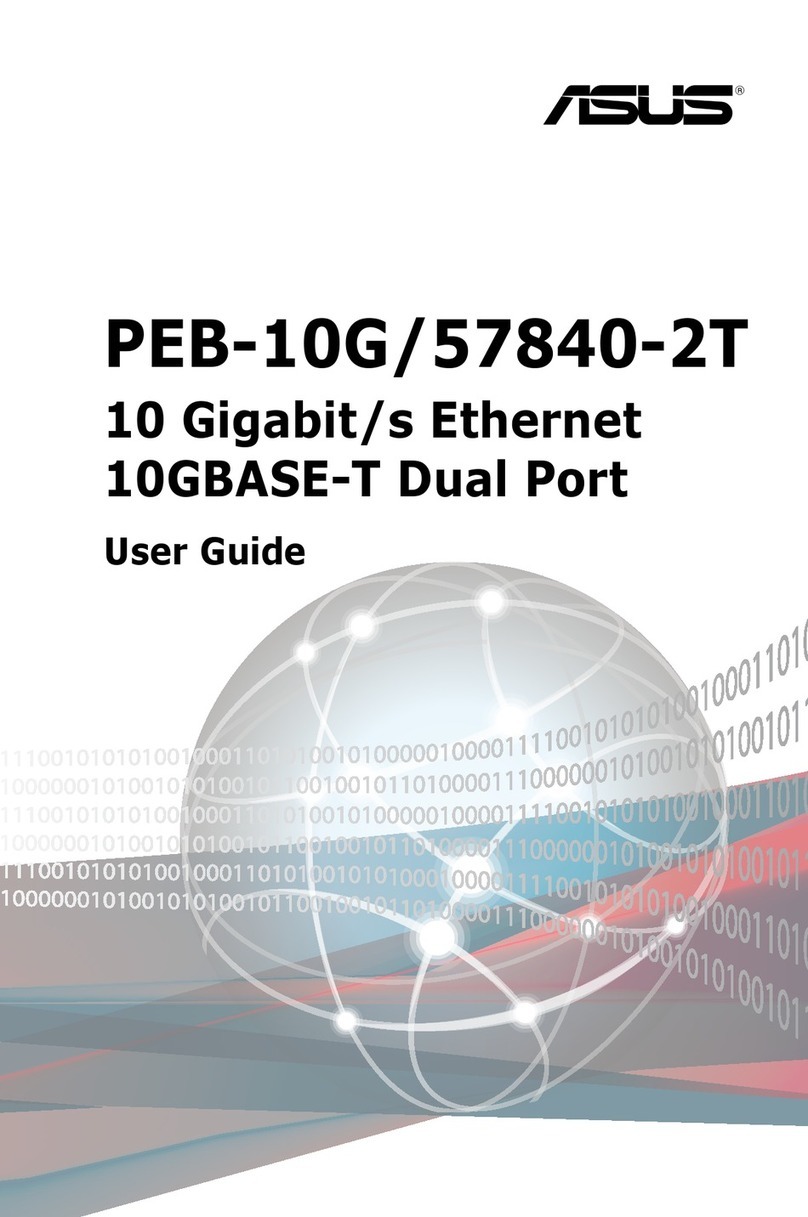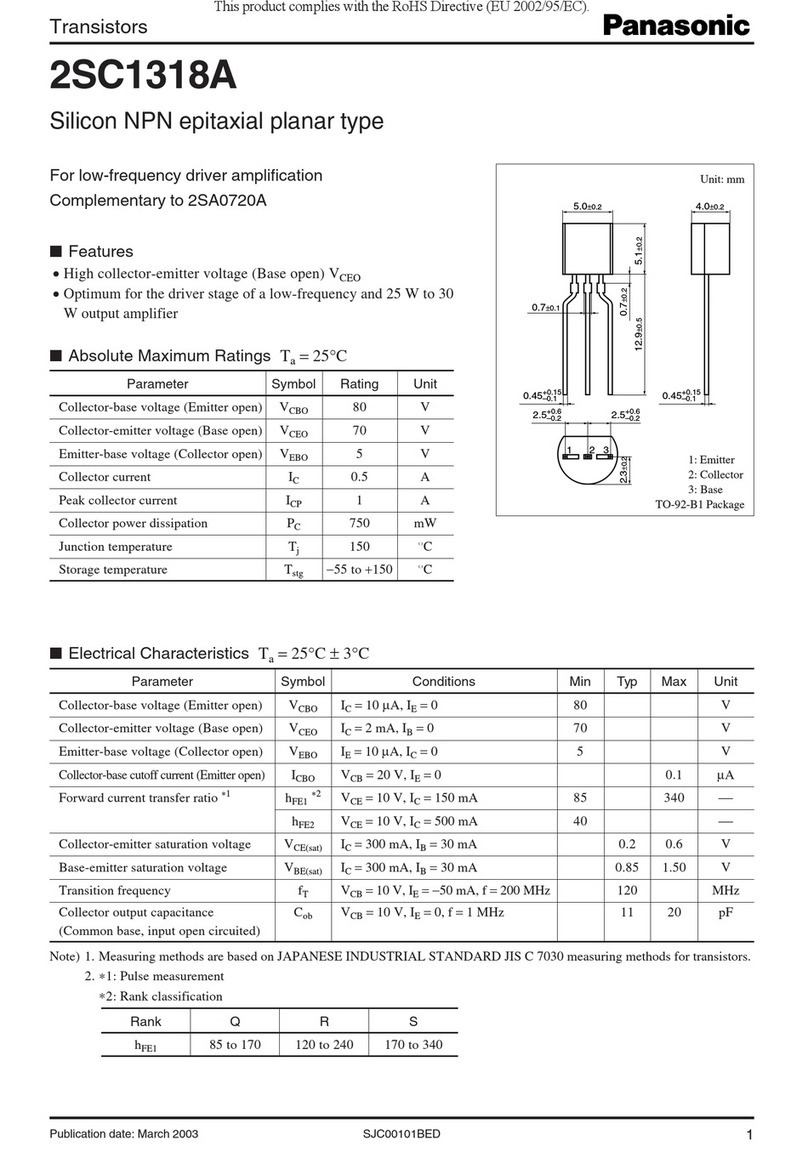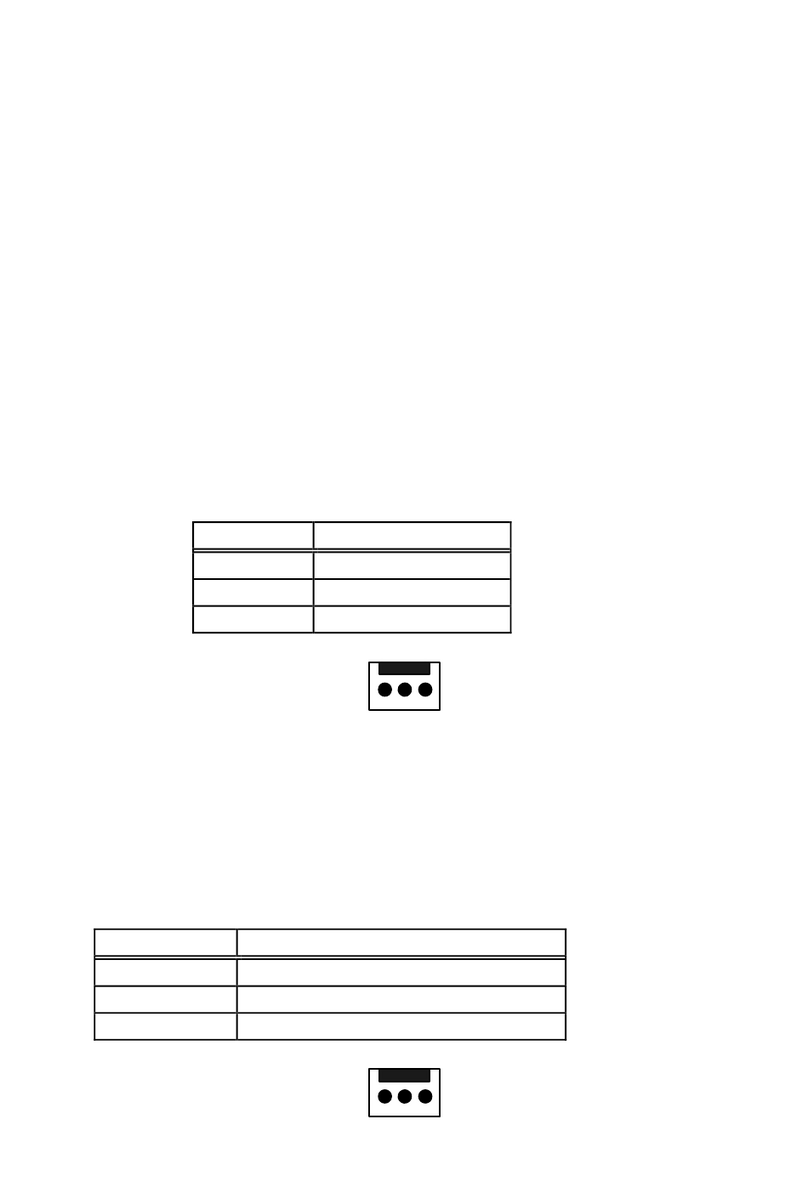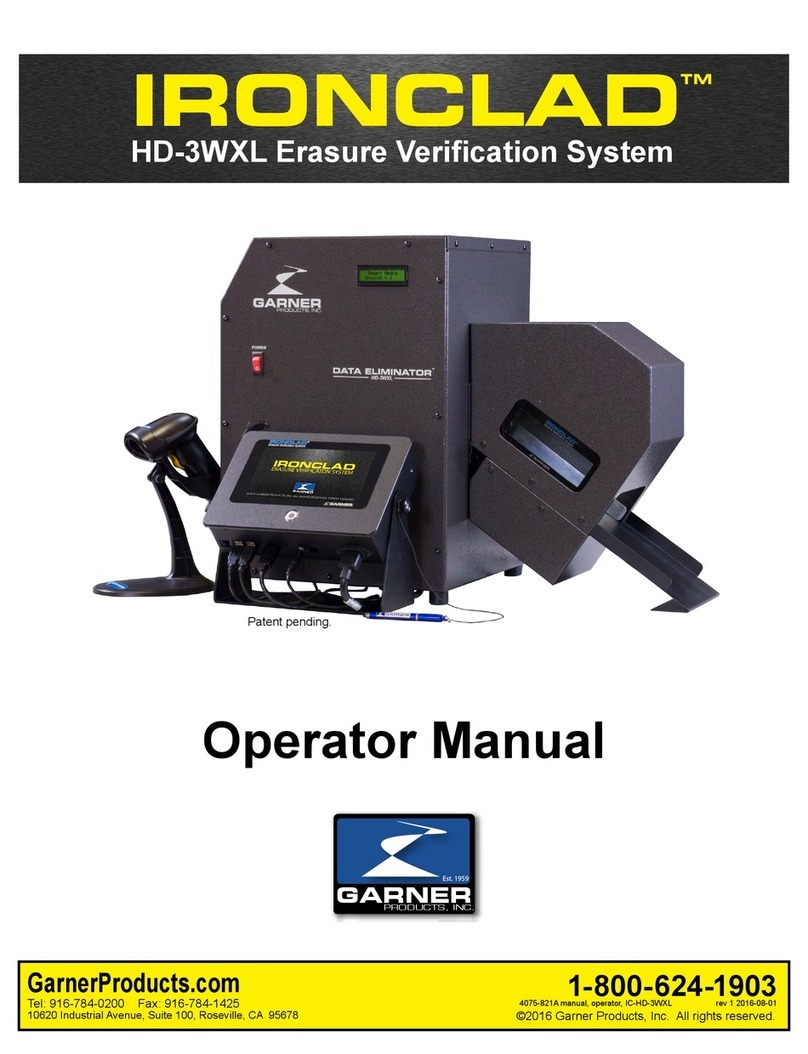Spectrum Digital XDS560v2 Use and care manual

XDS560v2 System Trace
JTAG Emulator
2010 DSP Development Systems
Reference
Technical


XDS560v2 System Trace
JTAG Emulator
Technical Reference
512105-0001 Rev. C
August 2010
SPECTRUM DIGITAL, INC.
120502 Exchange Drive, #440 Stafford, TX. 77477
Tel: 281.494.4500 Fax: 281.494.5310
sales@spectrumdigital.com www.spectrumdigital.com

IMPORTANT NOTICE
Spectrum Digital, Inc. reserves the right to make changes to its products or to discontinue any
product or service without notice, and advises its customers to obtain the latest version of relevant
information to verify, before placing orders, that the information being relied on is current.
Spectrum Digital, Inc. warrants performance of its products and related software to current
specifications in accordance with Spectrum Digital’s standard warranty. Testing and other quality
control techniques are utilized to the extent deemed necessary to support this warranty.
Please be aware that the products described herein are not intended for use in life-support
appliances, devices, or systems. Spectrum Digital does not warrant nor is liable for the product
described herein to be used in other than a laboratory development environment. Use in any other
environment voids the warranty.
Spectrum Digital, Inc. assumes no liability for applications assistance, customer product design,
software performance, or infringement of patents or services described herein. Nor does Spectrum
Digital warrant or represent any license, either express or implied, is granted under any patent right,
copyright, or other intellectual property right of Spectrum Digital, Inc. covering or relating to any
combination, machine, or process in which such Digital Signal Processing development products or
services might be or are used.
WARNING
This equipment is intended for use in a laboratory test environment only. It generates, uses, and can
radiate radio frequency energy and has not been tested for compliance with the limits of computing
devices pursuant to subpart J of part 15 of FCC rules, which are designed to provide reasonable
protection against radio frequency interference. Operation of this equipment in other environments
may cause interference with radio communications, in which case the user at his own expense will be
required to take whatever measures may be required to correct this interference.
TRADEMARKS
Windows 2000, Windows XP, and Windows Vista are registered trademarks of Microsoft Corp.
Code Composer Studio IDE is a trademark of Texas Instruments
Copyright © 2010 Spectrum Digital, Inc.

Contents
1 Introduction to the XDS560v2 STM JTAG Emulator . . . . . . . . . . . . . . . . . . . . . . . . . . . 1-1
Provides an overview of the XDS560v2 STM emulator along with the keys features.
1.0 Overview of the XDS560v2 STM . . . . . . . . . . . . . . . . . . . . . . . . . . . . . . . . . . . . . . . . . . . 1-2
1.1 Key Features of the XDS560v2 STM . . . . . . . . . . . . . . . . . . . . . . . . . . . . . . . . . . . . . 1-2
1.2 Key Items on the XDS560v2 STM . . . . . . . . . . . . . . . . . . . . . . . . . . . . . . . . . . . . . . . . . 1-3
1.3 Support for Low Voltage DSPs . . . . . . . . . . . . . . . . . . . . . . . . . . . . . . . . . . . . . . . . . . . 1-3
2 Installing the XDS560v2 STM JTAG Emulator . . . . . . . . . . . . . . . . . . . . . . . . . . . . . . . . 2-1
Lists the hardware and software you’ll need to install the XDS560v2 STM JTAG Emulator, and the
installation procedure of the XDS560v2 STM in your system.
2.1 What You’ll Need . . . . . . . . . . . . . . . . . . . . . . . . . . . . . . . . . . . . . . . . . . . . . . . . . . . . . . . . 2-2
Hardware checklist . . . . . . . . . . . . . . . . . . . . . . . . . . . . . . . . . . . . . . . . . . . . . . . . . . . . . 2-2
Software checklist . . . . . . . . . . . . . . . . . . . . . . . . . . . . . . . . . . . . . . . . . . . . . . . . . . . . . 2-2
2.2 Installing the XDS560v2 STM JTAG Emulator . . . . . . . . . . . . . . . . . . . . . . . . . . . . . . . 2-3
2.2.1 Installing Code Composer Studio Software . . . . . . . . . . . . . . . . . . . . . . . . . . . . . . . 2-3
2.2.2 Configuring the Emulator Tail . . . . . . . . . . . . . . . . . . . . . . . . . . . . . . . . . . . . . . . . . . . 2-3
2.2.3 XDS560v2 STM Ethernet/USB Installation Checklist . . . . . . . . . . . . . . . . . . . . . . . 2-5
2.3 XDS560v2 STM LEDs . . . . . . . . . . . . . . . . . . . . . . . . . . . . . . . . . . . . . . . . . . . . . . . . . 2-12
2.4 RESET Switch . . . . . . . . . . . . . . . . . . . . . . . . . . . . . . . . . . . . . . . . . . . . . . . . . . . . . . . . 2-13
2.5 Replacing The Emulator Tail Assembly . . . . . . . . . . . . . . . . . . . . . . . . . . . . . . . . . . . 2-14
2.5.1 Removing The Emulator Tail Assembly . . . . . . . . . . . . . . . . . . . . . . . . . . . . . . . . . 2-14
2.5.2 Installing The Emulator Tail Assembly . . . . . . . . . . . . . . . . . . . . . . . . . . . . . . . . . . 2-16
3 Specifications For Your Target System’s Connection to the Emulator . . . . . . . . . . . . 3-1
Contains information about connecting your target system to the XDS560v2 STM USB JTAG
Emulator
3.1 Designing Your Target System’s Emulator Connector . . . . . . . . . . . . . . . . . . . . . . . . . . 3-2
3.2 References . . . . . . . . . . . . . . . . . . . . . . . . . . . . . . . . . . . . . . . . . . . . . . . . . . . . . . . . . . . . 3-2
3.3 Physical Layout of MIPI 60 Connector . . . . . . . . . . . . . . . . . . . . . . . . . . . . . . . . . . . . . . 3-2
3.4 MIPI 60 Connector Signals . . . . . . . . . . . . . . . . . . . . . . . . . . . . . . . . . . . . . . . . . . . . . . . 3-3
3.5 Emulator Tail Header Heights . . . . . . . . . . . . . . . . . . . . . . . . . . . . . . . . . . . . . . . . . . . . . 3-4
Appendix A Mechanical Information . . . . . . . . . . . . . . . . . . . . . . . . . . . . . . . . . . . . . . . . . . . A-1
A.1 Mechanical Dimensions of the XDS560v2 STM JTAG Emulator . . . . . . . . . . . . . . A-2

About This Manual
This document describes the module level operations of the XDS560v2 System Trace
JTAG Emulator. This emulator is designed to be used with digital signal processors
(DSPs) and microcontrollers designed by Texas Instruments.
The XDS560v2 System Trace JTAG Emulator is a table top module that attaches to a
personal computer or laptop to allow hardware engineers and software programmers to
develop applications with DSPs and microcontrollers.
Notational Conventions
This document uses the following conventions.
The XDS560v2 System Trace JTAG Emulator will sometimes be referred to as the
XDS560v2 STM, XDS560v2 System Trace Module, JTAG Emulator, or Emulator.
Program listings, program examples, and interactive displays are shown is a special
italic typeface. Here is a sample program listing.
equations
!rd = !strobe&rw;
Information About Cautions
This book may contain cautions.
This is an example of a caution statement.
A caution statement describes a situation that could potentially damage your software,
or hardware, or other equipment. The information in a caution is provided for your
protection. Please read each caution carefully.
Related Documents
- Texas Instruments document SPRU655d.pdf
- MIPI Alliance Recommendation for Test and Debug: Debug and MIPI System
Trace Connectors, Version 1.00.00, 5 June 2007

1-1
Chapter 1
Introduction to the XDS560v2 STM
JTAG Emulator
This chapter provides you with a description of the XDS560v2 STM JTAG
Emulator along with the key features.
Topic Page
1.0 Overview of the XDS560v2 STM JTAG Emulator 1-2
1.1 Key Features of the XDS560v2 STM JTAG Emulator 1-2
1.2 Key Items on the XDS560v2 STM JTAG Emulator 1-3

Spectrum Digital, Inc
1-2 XDS560v2 STM JTAG Emulator Technical Reference
1.0 Overview of the XDS560v2 STM JTAG Emulator
The XDS560v2 STM JTAG Emulator is designed to be used with digital signal
processors (DSPs) and microprocessors which operate from +1.2 to +4.1 volt levels on
the JTAG interface. The power for the emulator comes from the provided supply. This
means no power is drawn from the target system or host PC.
The XDS560v2 STM is designed to be compatible with the existing Texas Instruments
XDS560 emulator and operates with debuggers provided by Texas Instruments.
1.1 Key Features of the XDS560v2 STM JTAG Emulator
The XDS560v2 STM JTAG Emulator has the following features:
• Supports Texas Instrument’s Digital Signal Processors with JTAG interface
(IEEE 1149.1)
• Modular tail connector for alternate JTAG headers.
• Advanced emulation controller provides high performance.
• MIPI System Trace capability for advanced development.
• Ethernet communications to host PC.
• USB 2.0 communications to host PC.
• Supports +1.2 volt to +4.1 volt JTAG interfaces.
• 1 power LED
• 6 LEDs for operational status.
• 2 LEDs for ethernet status.
• User accessible RESET switch
• Power provided by +5 volt supplied power supply
• Compatible with Texas Instruments Code Composer Studio, DSP BIOS,
and RTDX
• Compatible with Windows 2000/XP/Vista Operating Systems

Spectrum Digital, Inc
1-3
1.2 Key Items on the XDS560v2 STM JTAG Emulator
Figure 1-1 shows the XDS560v2 STM. The key items identified are:
• Status LEDs
• JTAG Header
• Emulator Tail Assembly
• USB connector to the host PC or hub
• Ethernet connector to the host PC or router
• Power connector to power supply
Figure 1-1, KEY ITEMS ON THE XDS560v2 STM
USB Cable
Ethernet Cable
Power Supply
Power Cords
Emulator Tail Status LEDs
USB, Ethernet,
Power Connectors
Assembly

Spectrum Digital, Inc
1-4 XDS560v2 STM JTAG Emulator Technical Reference

2-1
Chapter 2
Installing the XDS560v2 STM
JTAG Emulator
This chapter helps you install the XDS560v2 STM JTAG Emulator. For use
with specific software packages such as the TI’s Code Composer Studio
refer to their respective documentation.
Topic Page
2.1 What You’ll Need 2-2
Hardware checklist 2-2
Software checklist 2-2
2.2 Installing the XDS560v2 STM JTAG Emulator 2-3
2.2.1 Installing Code Composer Studio Software 2-3
2.2.2 Configuring the Emulator Tail 2-3
2.2.3 XDS560v2 STM Ethernet/USB Installation Checklist 2-5
2.3 XDS560v2 STM LEDs 2-12
2.4 RESET Switch 2-14
2.5 Replacing The Emulator Tail Assembly 2-14
2.5.1 Removing The Emulator Tail Assembly 2-14
2.5.2 Installing The Emulator Tail Assembly 2-16

Spectrum Digital, Inc
2-2 XDS560v2 STM JTAG Emulator Technical Reference
2.1 What You’ll Need
The following checklists detail items that are shipped with the XDS560v2 STM JTAG
emulator and additional items you’ll need to use these tools.
Hardware checklist
__ host computer An IBM PC/AT or 100% compatible PC or laptop running Windows
XP/2000/Vista with the following peripherals:
- 2 GB of free hard disk space
- Minimum 1 GB ram, 2 GB recommended
- Minimum 1.5 GHz., dual core recommended
- Color display
- Internet access
- USB port
- Ethernet port
- DVD reader
__ emulator module XDS560v2 STM JTAG emulator with power supply, USB or ethernet
cable
__ target system A board with a TI DSP or Microcontroller and power supply
__ optional adapters TI 14-pin (2x7), 20-pin CTI (2x10), 60 pin TI, ARM 20 pin connector
to target system, to MIPI 60 pin interface
included
Software checklist
Please refer to the Quick Start Guide for the specific requirements of the software
development tool chain you are using.

Spectrum Digital, Inc
2-3
2.2 Installing the XDS560v2 STM JTAG Emulator
The next three sections describe the steps for installing the XDS560v2 STM JTAG
Emulator to interface to a PC or laptop via ethernet or USB.
Installing the XDS560v2 STM JTAG emulator is a three step process:
1. Installing the Code Composer Studio software
2. Configuring the emulator tail with correct target adapter
3. Installing the USB or Ethernet connection to the host PC
2.2.1 Installing Code Composer Studio Software
Code Composer Studio should be installed before starting the hardware installation.
Please refer to the separate software Installation guide for the installation of Code
Composer Studio and XDS560v2 STM device drivers.
If you are doing a custom driver installation make sure the CD ROM is installed in the
CD-ROM drive on your PC.
2.2.2 Configuring the Emulator Tail
The emulator tail is the physical interface between the emulator and target board. The
tail configuration will consist of 3 parts:
A - Emulator tail header
B - Emulator tail header to MIPI 60 pin adapter
C - MIPI 60 to target JTAG connector adapter
MIPI 60 to 20 pin CTI - installed at the factory
MIPI 60 to TI 14 pin
MIPI 60 to TI 60 pin
MIPI 60 to ARM 20 pin
Do not connect or disconnect the emulator tail while the target system is powered up
.
Target Cable Connectors:
Be very careful with the target cable connectors. connect them gently; don’t force
them into position, or you may damage the connectors.
WARNING !

Spectrum Digital, Inc
2-4 XDS560v2 STM JTAG Emulator Technical Reference
The female JTAG connector attached to the end of the emulator tail plugs onto the
target’s male pin header. The figure below shows how the XDS560v2 STM emulator
header plugs onto the target’s JTAG header
The figure below shows the factory installed configuration, MIPI60 to CTI20.
Target Board
DSP
Emulator Tails
Figure 2-1, Connecting the XDS560v2 STM
JTAG Emulator to the DSP Target Board
J2
J1
Tail Header
Header to
MIPI 60 Adapter
MIPI 60 to
Target JTAG
Adapter
Target JTAG
Connector
A
B
C
Figure 2-2, Tail plugs into MIPI60 which
plugs into CTI20 Adapter
A
B
C

Spectrum Digital, Inc
2-5
These 4 adapters which come with the XDS560v2 STM are shown in the figure below.
2.2.3 XDS560v2 STM Ethernet/USB Installation Checklist
The following section provides instructions to install the XDS560v2 STM JTAG
emulator using the Ethernet or USB interface. To install the XDS560v2 STM JTAG
emulator using the Ethernet or USB interface execute the following checklist:
❏Turn off the power to your target board.
❏The XDS560v2 STM may be connected to the host PC via Ethernet and/or USB.
Connect the supplied Ethernet or USB cable to your PC or laptop. The XDS560v2
STM may be used with an Ethernet router or powered USB hub.
❏Connect the other end of the Ethernet or USB cable to the XDS560v2 STM.
❏Connect the included +5V power supply to your wall AC power source using the
AC power cord.
Figure 2-3, MIPI 60 to Target Connector Adapters
MIPI60 - TI60
MIPI60 - ARM20
MIPI60 - CTI20
MIPI60 - TI14
Figure 2-4, Connecting the Ethernet and/or USB Cable to XDS560v2 STM

Spectrum Digital, Inc
2-6 XDS560v2 STM JTAG Emulator Technical Reference
❏Apply power to the XDS560v2 STM by connecting the power supply to the +5V input
on the XDS560v2 STM located at the rear of the emulator.
When power is connected the “PWR” LED on the XDS560v2 STM should illuminate.
After about 45 seconds LEDs “State 2”, “State 3” should come on. At this point the
XDS560v2 STM has booted its operating system and is ready for connecting via
USB or Ethernet.
If this is the first connection over the USB the Windows Hardware Wizard should find
the XDS560v2 STM and install its USB drivers.
The figure below shows the Ethernet or USB cable, and power cord plugged into the
XDS560v2 STM.
Figure 2-5, Applying Power to XDS560v2 STM
Figure 2-6, USB Cable and Power Cord Attached to XDS560v2 STM

Spectrum Digital, Inc
2-7
❏Now connect the tail of the emulator to the JTAG header on your target board. If your
target board requires a different interface than the generic 60 pin header on the tail,
attach one of the header adapters as required.
Caution should be used in the routing of the tail ribbon cable to insure it does not go
near the processor(s), power traces, or power cords.
❏Apply power to the target board.
❏Your system configuration should be similar to the one in Figures 2-8 through
Figure 2-11.
Figure 2-7, Attaching the XDS560v2 STM Emulator Tail To Target
Align the emulator tail over the target connector, then push down
Emulator tail attached to target

Spectrum Digital, Inc
2-8 XDS560v2 STM JTAG Emulator Technical Reference
Figures 2-8 and 2-9 show typical configurations in which the XDS560v2 STM can be
used with a host PC and target board via the USB interface.
EscN um Sc ro llSy s
LockLockReq
789
456
123
HomePgUp
EndPgD n
0.
Ins D el
+
-
PrtSc
*
Break
Ctrl
Shift Shift
Alt Caps
Lock
Enter
~! @ # $ % ^ & * ( ) _ + |
`1234567890-=\
QWE R TY U I OP
ASDFGHJKL
ZXCVBNM
{}
[]
:"
;'
<>?
,./
F1 F2
F3 F4
F5 F6
F7 F8
F9 F10
XDS560v2 STM
Female JTAG
Connector
Target DSP
Male pin header
JTAG Emulator Pod
Plugs into USB
port on PC/Laptop
or microcontroller
Figure 2-8, Connecting the XDS560v2 STM To Your Target System
Power
Supply
Emulator
Tail
+5 VDC
110/220 VAC
Plugs into
USB port on
XDS560v2
STM

Spectrum Digital, Inc
2-9
EscN um Sc ro llSy s
LockLock R eq
789
456
123
HomePgUp
EndPgD n
0.
Ins D el
+
-
PrtSc
*
Break
Ctrl
Shift Shift
Alt Caps
Lock
Enter
~ ! @ # $ % ^ & * ( ) _ + |
`1234567890-=\
QWE R TYU IOP
ASDFGHJKL
ZXCVBNM
{}
[]
:"
;'
<>?
,./
F1F2
F3F4
F5F6
F7F8
F9F10
XDS560v2 STM
USB Cable
Female JTAG
Connector
Target DSP
Male pin header
JTAG Emulator Pod
Plugs into USB port
on Hub and PC/Laptop
or microcontroller
Figure 2-9, Connecting the XDS560v2 STM Through a USB Hub
USB Hub
Plugs into a USB
port on a Hub
Power
Supply
Power
Supply
Emulator
Tail
+5 VDC
110/220 VAC
110/220 VAC
Plugs into
USB port on
XDS560v2
STM

Spectrum Digital, Inc
2-10 XDS560v2 STM JTAG Emulator Technical Reference
Figures 2-10 and 2-11 show two typical configurations in which the XDS560v2 STM can
be used with a host PC and target board via the Ethernet interface.
EscN um Sc ro llSy s
LockLock R eq
789
456
123
HomePgUp
EndPgD n
0.
Ins D el
+
-
PrtSc
*
Break
Ctrl
Shift Shift
Alt Caps
Lock
Enter
~ ! @ # $ % ^ & * ( ) _ + |
`1234567890-=\
QWE R TYU IOP
ASDFGHJKL
ZXCVBNM
{}
[]
:"
;'
<>?
,./
F1F2
F3F4
F5F6
F7F8
F9F10
XDS560v2 STM
Female JTAG
Connector
Target DSP
Male pin header
JTAG Emulator Pod
Plugs into Ethernet
port on PC/Laptop
or microcontroller
Figure 2-10, Connecting the XDS560v2 STM To Your Target System
Power
Supply
Emulator
Tail
+5 VDC
110/220 VAC
Plugs into
Ethernet
port on
XDS560v2
STM
Other manuals for XDS560v2
1
Table of contents
Other Spectrum Digital Computer Hardware manuals
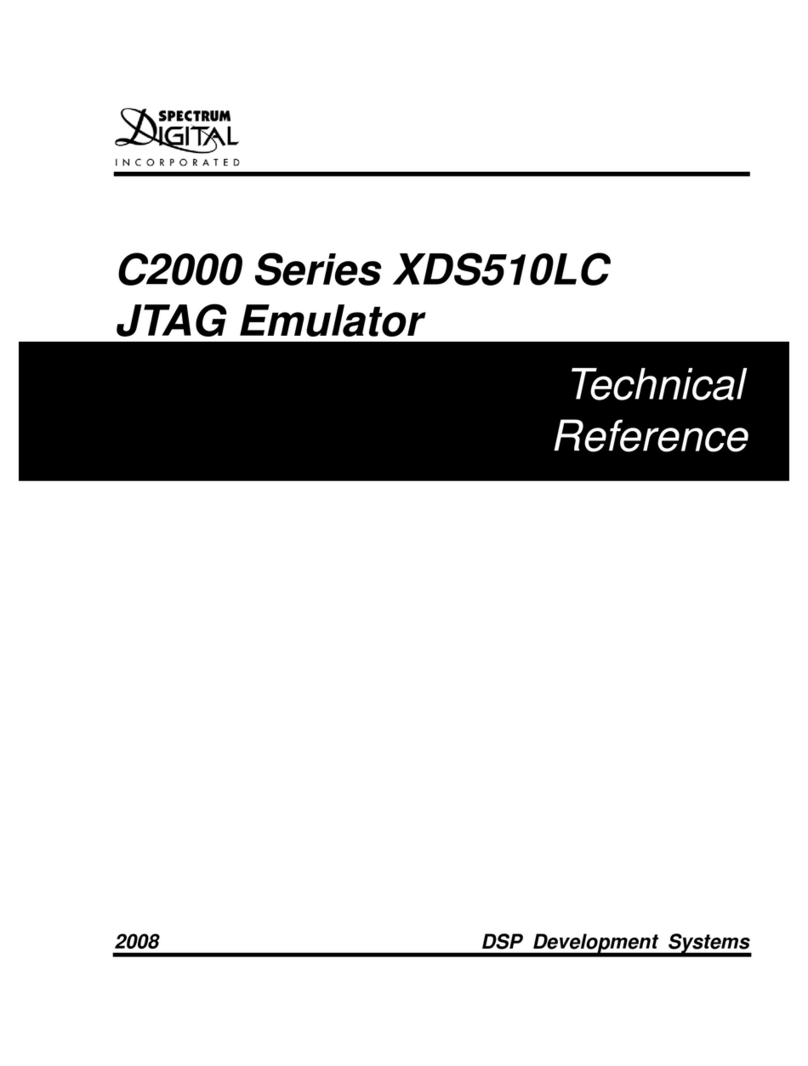
Spectrum Digital
Spectrum Digital C2000 Series Use and care manual
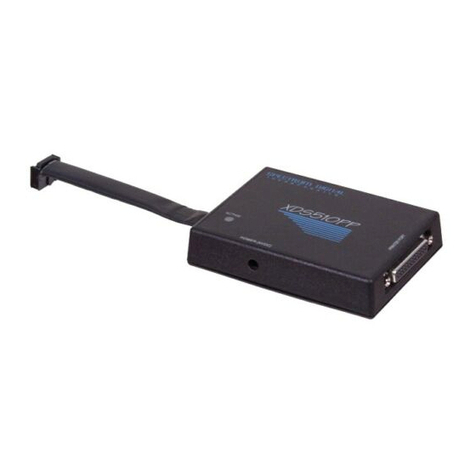
Spectrum Digital
Spectrum Digital XDS510PP User manual
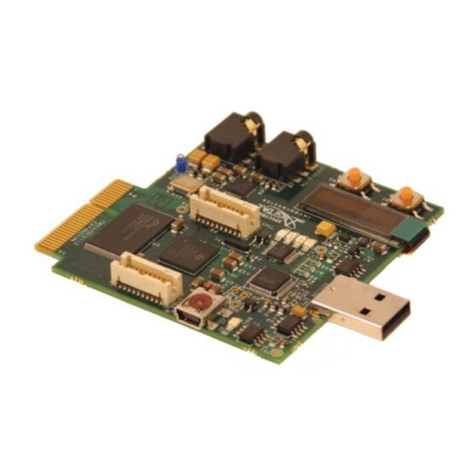
Spectrum Digital
Spectrum Digital TMS320C5515 eZdsp Use and care manual

Spectrum Digital
Spectrum Digital AppBox C21 User manual
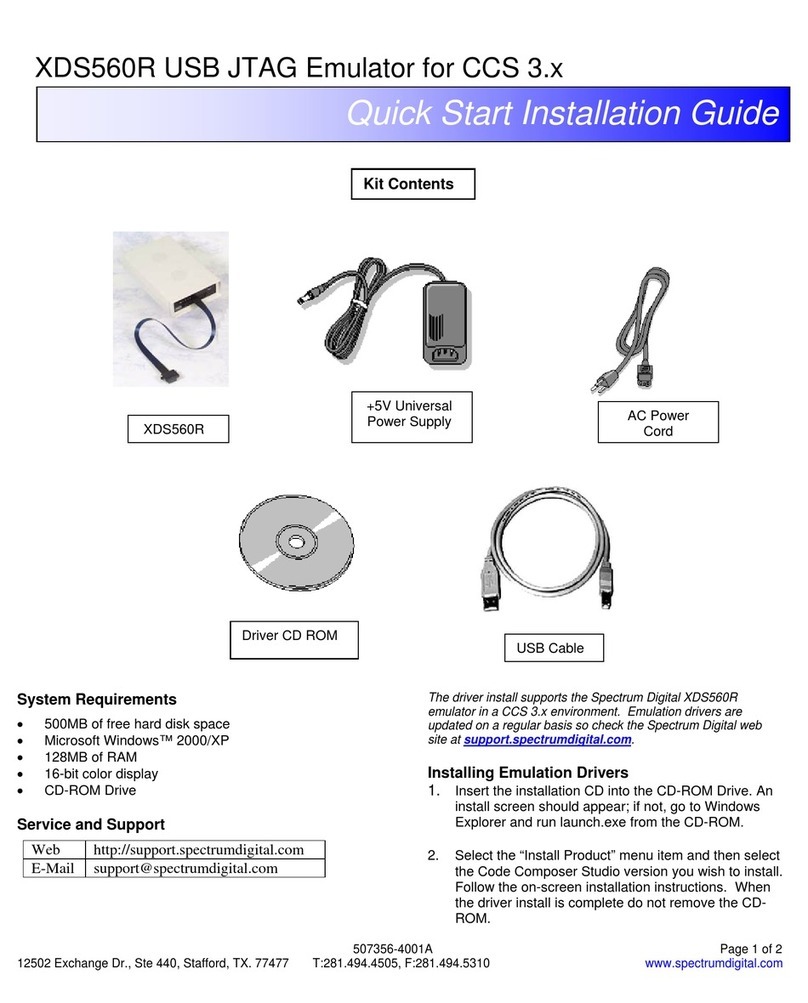
Spectrum Digital
Spectrum Digital XDS560R Instruction Manual

Spectrum Digital
Spectrum Digital XDS510USB User manual

Spectrum Digital
Spectrum Digital XDS560R User manual

Spectrum Digital
Spectrum Digital XEVM642 4VSX35 Use and care manual
